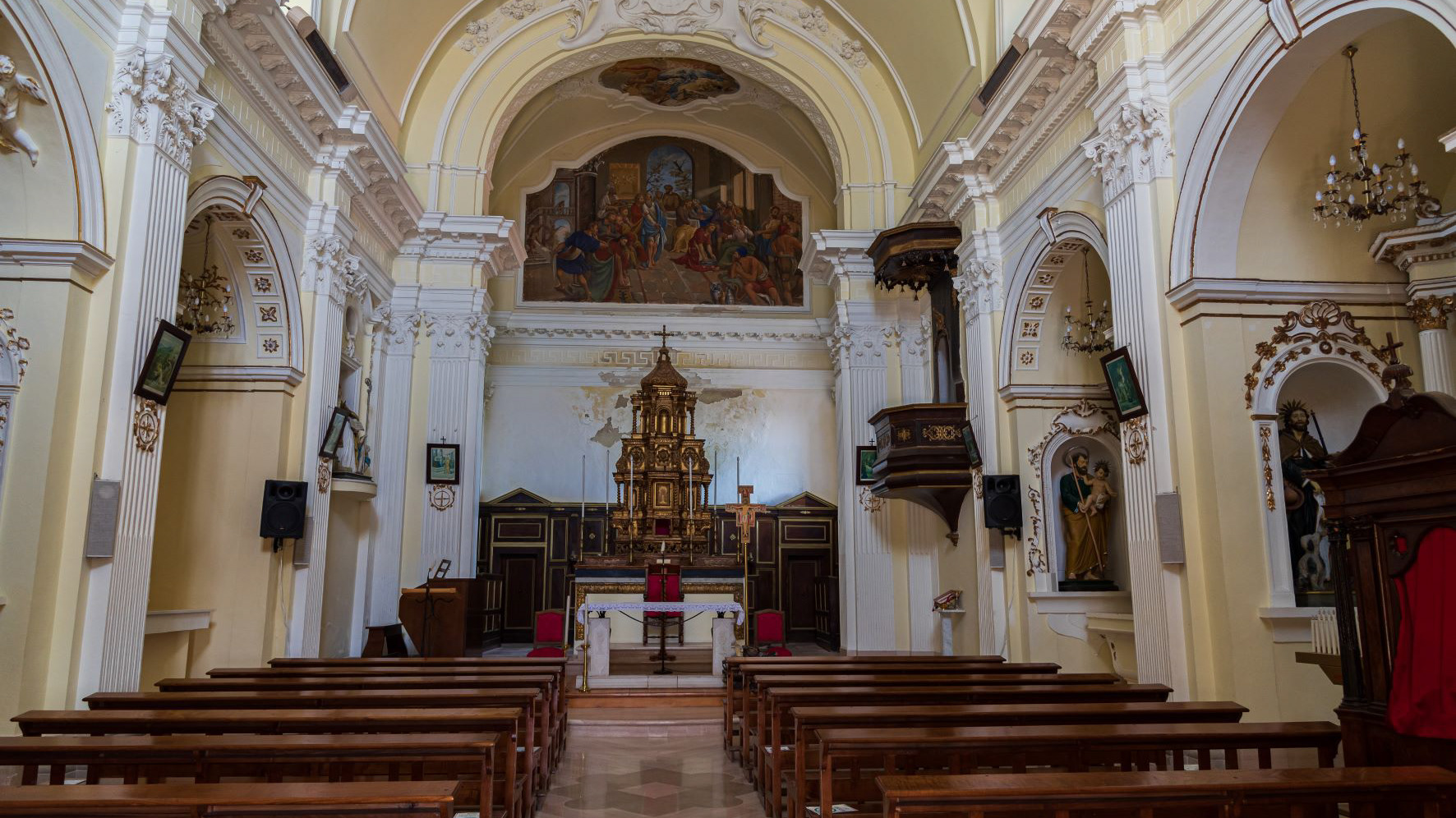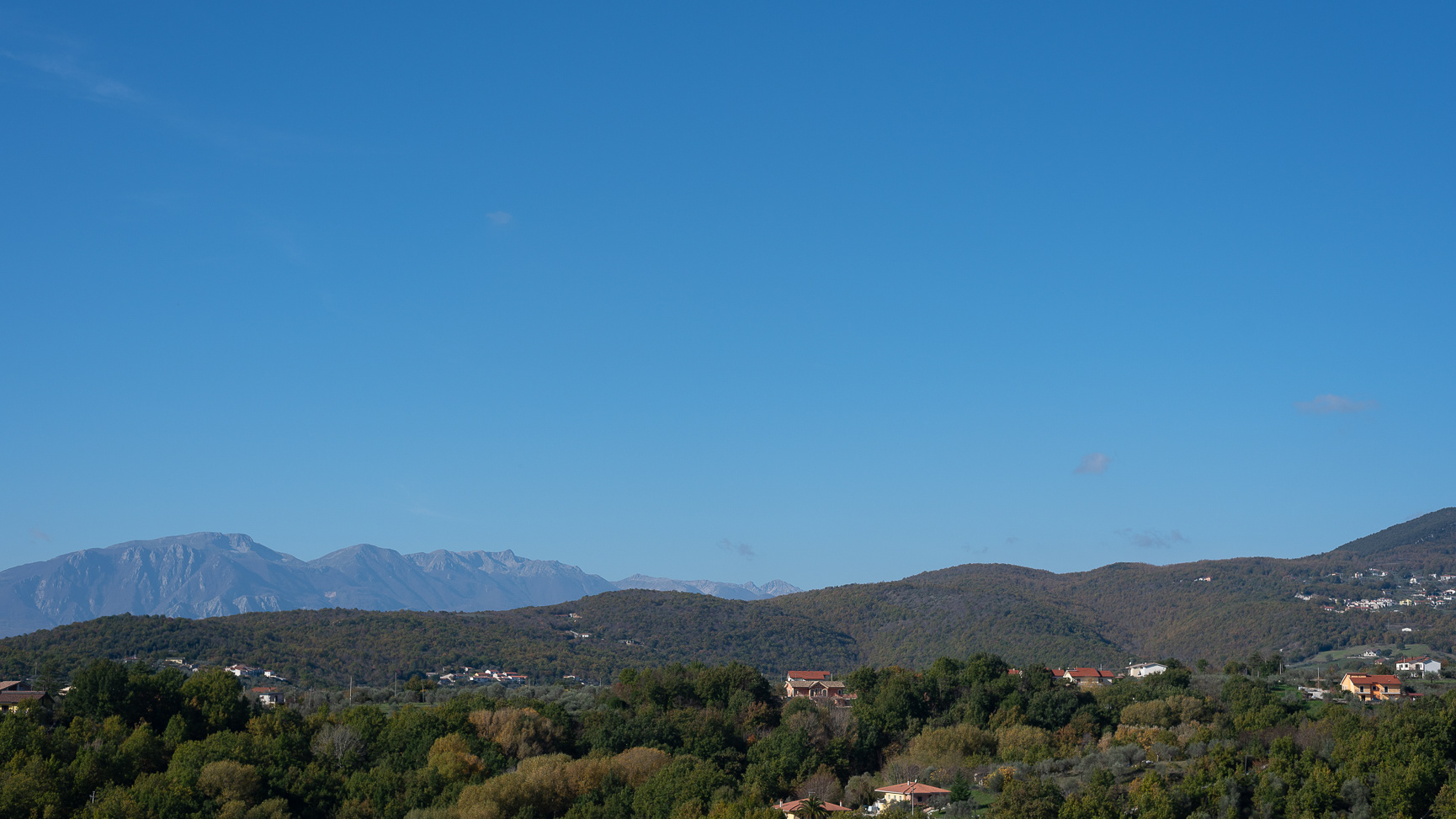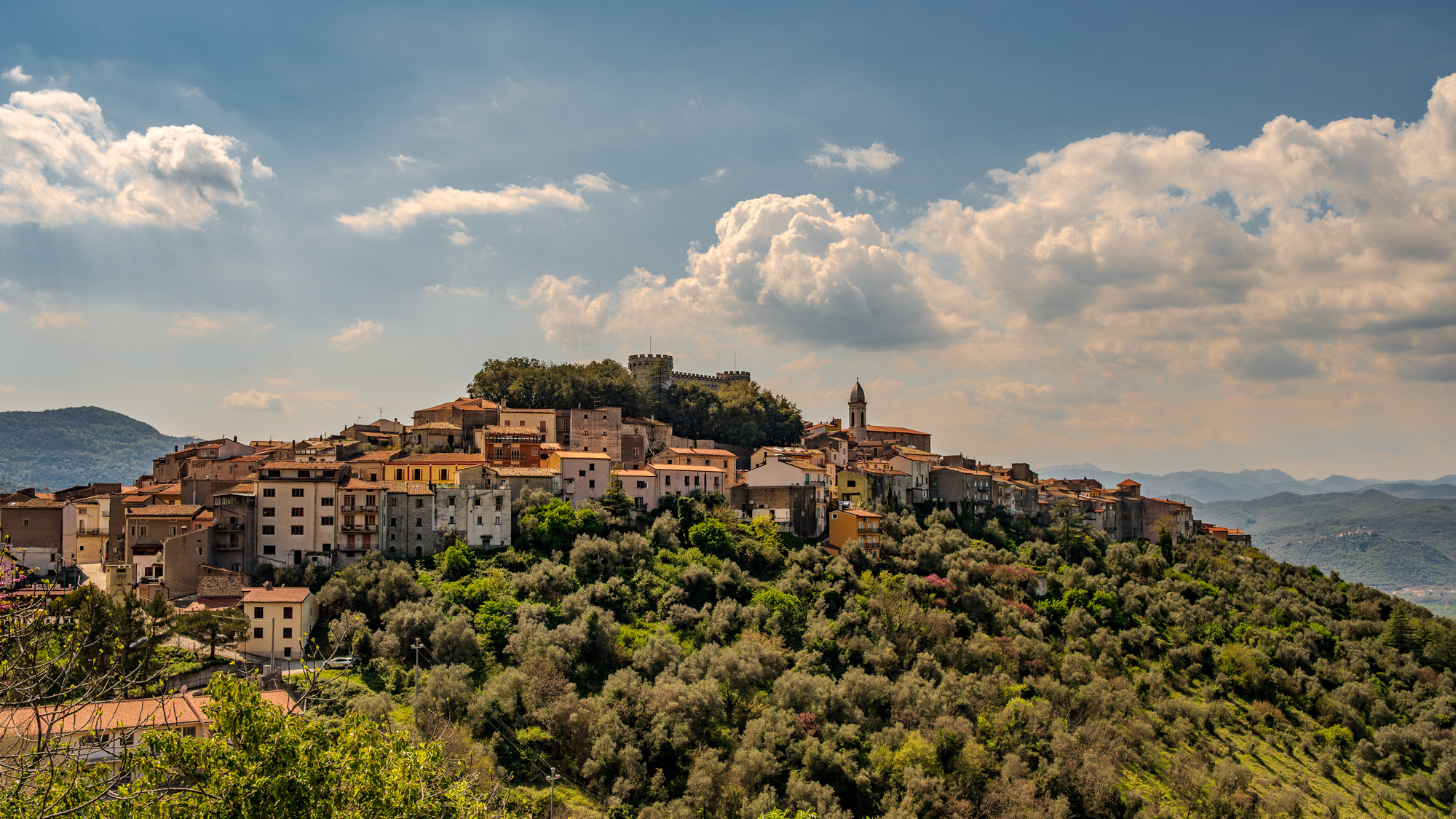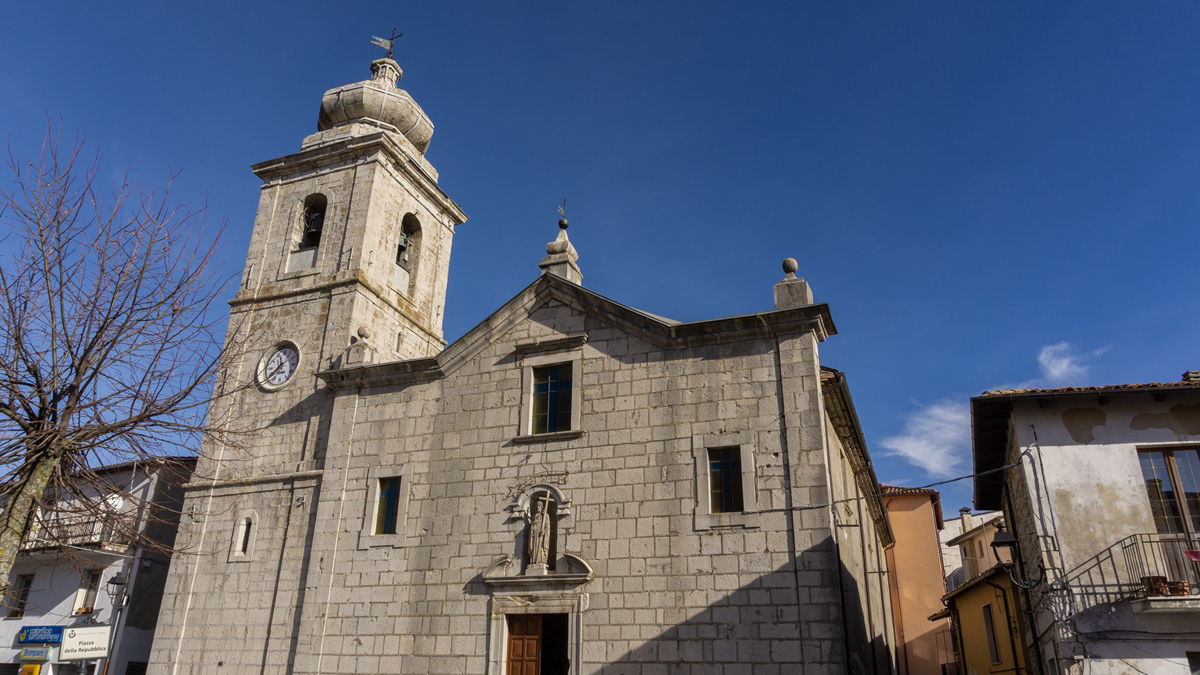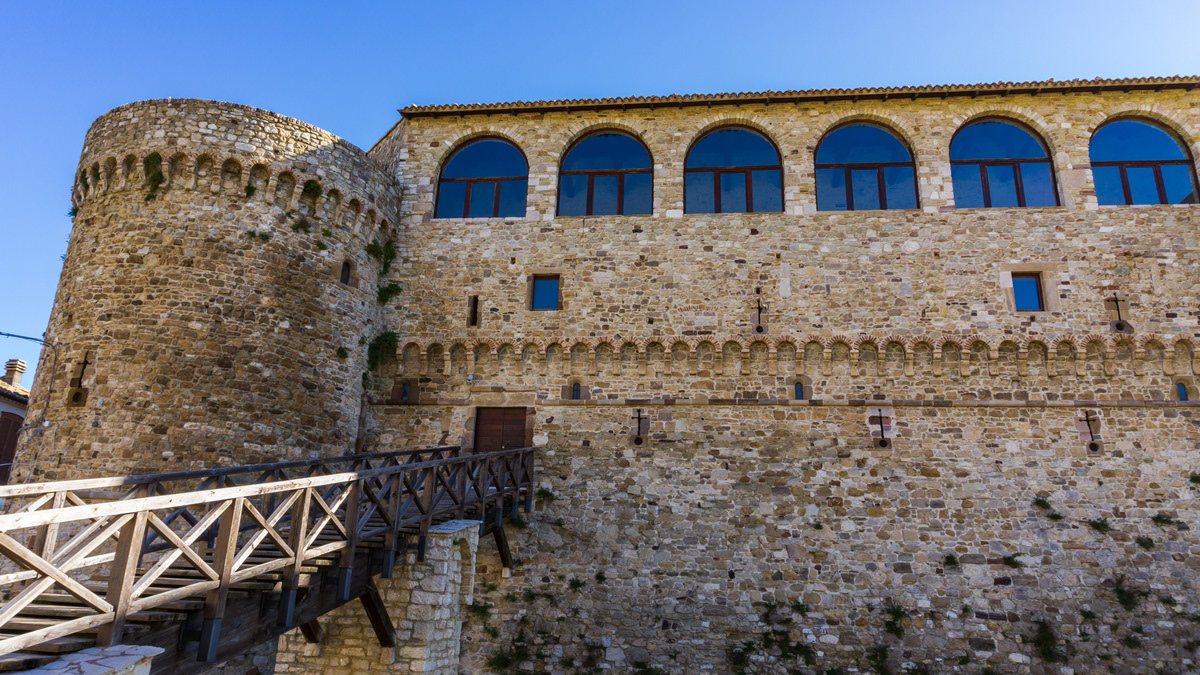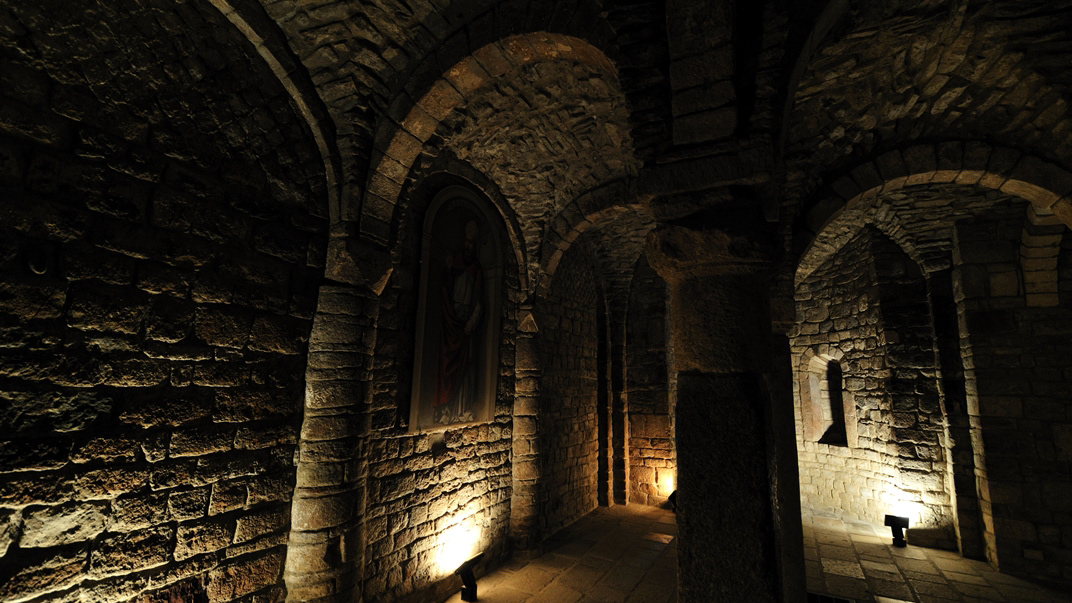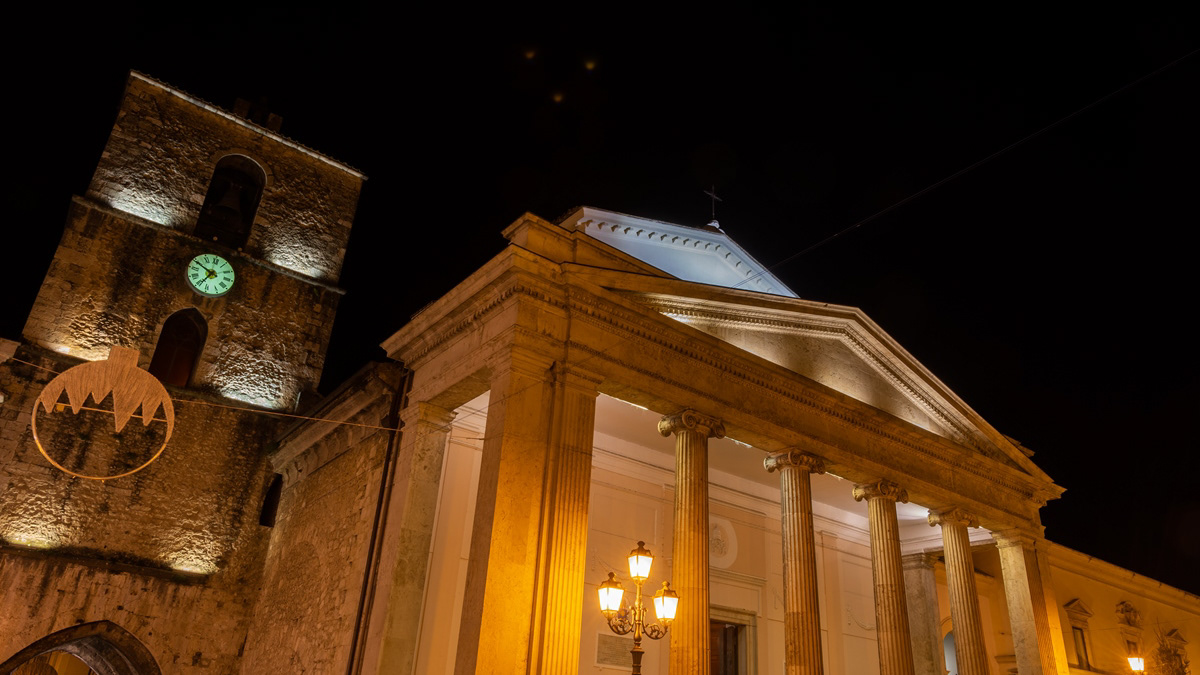Carpinone
The municipality owes its name to the small Carpino river that flows in its territory from north to west. In turn, the Carpino river received its name from the abundance of the "carpioni", the trout males, whose fishing in its waters is numerous. The origins of Carpinone, although not very ancient, date back to at least the tenth century since in 1064 the count of Isernia Bernardo had founded the Monastery of San Marco here, then donated to the abbey of Cassino. Belonged to the County of Isernia during the Lombard domination, in the Norman and Swabian era it belonged to the County of Molise. At the beginning of the Angevin period it became a fiefdom of Tommaso d'Evoli and returned to his family in 1382 after it had belonged first to the Tucciaco family and then to the Count of Gravina.
You may also like
